The above picture is from Distributed Representations of Sentences and Documents, the paper introducing Doc2Vec. I am using Gensim's implementation of Word2Vec and Doc2Vec, which are great, but I am looking for clarity on a few issues.
- For a given doc2vec model
dvm, what isdvm.docvecs? My impression is that it is the averaged or concatenated vector that includes all of the word embedding and the paragraph vector,d. Is this correct, or is it d? - Supposing
dvm.docvecsis notd, can one access d by itself? How? - As a bonus, how is
dcalculated? The paper only says:
In our Paragraph Vector framework (see Figure 2), every paragraph is mapped to a unique vector, represented by a column in matrix D and every word is also mapped to a unique vector, represented by a column in matrix W.
Thanks for any leads!
